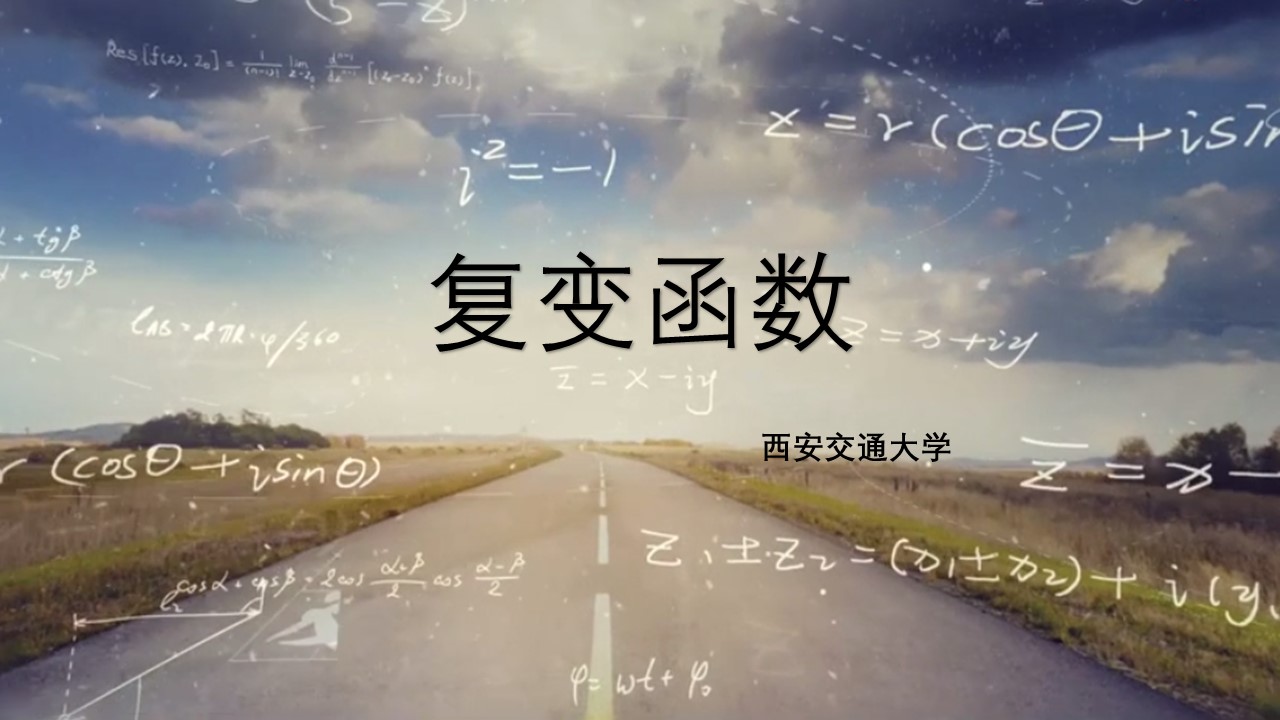
当前课程知识点:Socially-Responsible Real Estate Development: Learning to Use Impact Assessment Tools Effectively > Module 2: Environmental Impact Assessment > Lectures > Lecture 3
假设我们已经解决了所有问题
我们找到了合适的人选
对评估进行了技术性分析
列出了项目不同版本的各种评估情况
包括不予建设的情况
我们选取了所有的影响维度
我们决定了使用哪些指标 权重如何分配
预测 建模都已经完成了
我们也得出了整合的结果
可以用来对比各个版本
可是等一下 如果有要求需要
缓和某一方案的影响呢
换言之 如果只是预测 比如方案一
不同影响维度的结果
很好 不好或非常好 这并没有
留下开放的可能性
除了这样建设外 开发商也应
努力寻求缓和影响的措施
这里就有成本和收益的问题了
这也需要进行建模
这有点不好理解 因为开发商会说
我喜欢我的原始建设方案
我会再多投一些钱
确保预测结果所说该方案
可能导致的水质影响不会出现
或者即便出现这种情况
我也会确保在问题解决之前
大家都能有干净的水源
这就是缓和措施
在要求开发商把缓和步骤加入
不同开发方案分析之中这一点上
世界各地的环境影响评估要求
还有所不同
显然 我们的确应该
将缓和措施视为一种考量 一种机遇
可由于这是开放式的 环境影响评估中
也没有强制性要求开发商
必须有什么后续的行动
大部分环境影响评估在研究
不同方案的环境优势和劣势时
都未将缓和措施考虑其中
同样 累计影响评估
也是研究环境影响评估的人
已经提出多年的一个问题
环境影响评估是针对单一项目的
也许是个很庞大的项目 可是
按环境影响评估来说 有不同项目方案
有各类影响的维度
即便你将缓和措施也考虑进去了
那在工地以外可能影响同一环境的
其它因素怎么办呢
如果这个项目的一处地点
会受到此前另一个项目的危害或污染
而之前那个项目又不会被这一个
所影响呢
这就要考虑项目的累计影响
以及如何对其建模
而大部分环境影响评估法律法规
并没有要求做累计影响评估
在美国 一直以来
对这一问题都有所重视
事实上这也会改变不同方案的评分
这取决于附近还有什么其它情况
或是也许将会发生什么
从我们这个课程的角度来说
我们就是希望你能够意识到
累计影响也值得考量
最后 当影响评估完成
不管它是否包括缓和措施
或累计影响评估
都不是由环境影响评估本身来
最终决定应该做什么
结果包括不予建设 方案一
还有不同的方案 不同的影响
不同的方案影响也会不同
环境影响评估结果最重要的地方就是
它为利益相关方提供了可靠的信息
能够推动他们进行沟通
环评对有社会责任的房地产开发项目来说
非常重要 但前提是必须开展对话
某人觉得可以接受的影响
可能对别人来说是不能接受的
环境影响评估将给出信息说明可能的情况
但至于不同团体怎么看
他们是否能够达成一致
这取决于环境影响评估过程中
促成的沟通效果如何
-Welcome
--Welcome
-Course Welcome
--Welcome
-Entrance Survey
-Entrance Survey
-Learning Objectives
-Course Schedule
-Meet Your Course Instructors
-Grading and Completion Criteria
--html
-Introduction
-Lectures
--html
-Readings
--Social Impact Assessment: The State of the Art
--Social Impact Assessment and Public Participation in China
-Developer Interview
--Module 1
--html
-Questions
-Assignment
--html
--html
--Peer Assessment
-Debrief
--Discuss
-Introduction
-Lectures
-Readings
--Methods of Environmental Impact Assessment
--Public Participation and Environmental Dispute Resolution
--Environmental Impact Assessment for Developing Countries in Asia
--Importance of Nonobjective Judgements
--Example Environmental Impact Statement
-Developer Interview
--html
--Module 2
--html
-Questions
-Assignment
--html
--Peer Assessment
-Debrief
--Discuss
-Introduction
--Text
-Lectures
--html
-Readings
--Introduction to Social Impact Assessment
--Effectiveness in Social Impact Assessment
--Example Social Impact Statement
-Developer Interview
--Video
--Text
-Questions
-Assignment
-Debrief
--Discuss
-Introduction
--Text
-Forest City Case Study
--Part 1
--Part 2
--Part 3
--Additional Forest City Information
-Lectures
-Readings
--Dealing with An Angry Public
--Facility Siting and Public Opposition
-Developer Interview
--Module 4
--Text
-Questions
-Assignment
--html
--SCENARIO
-Debrief
--Discuss
-Introduction
-Lectures
-Readings
--Why Would Corporations Behave in Socially Responsible Ways?
--Social Impact Assessments of Large Dams Throughout the World
--Environmental Sustainability Principles for the Real Estate Industry
-Developer Interview
--Module 5
-Questions
-Assignment
--html
--SCENARIO
-Debrief
-Further Resources
-Thank You
--Thank you for taking the course
-Acknowledgements

